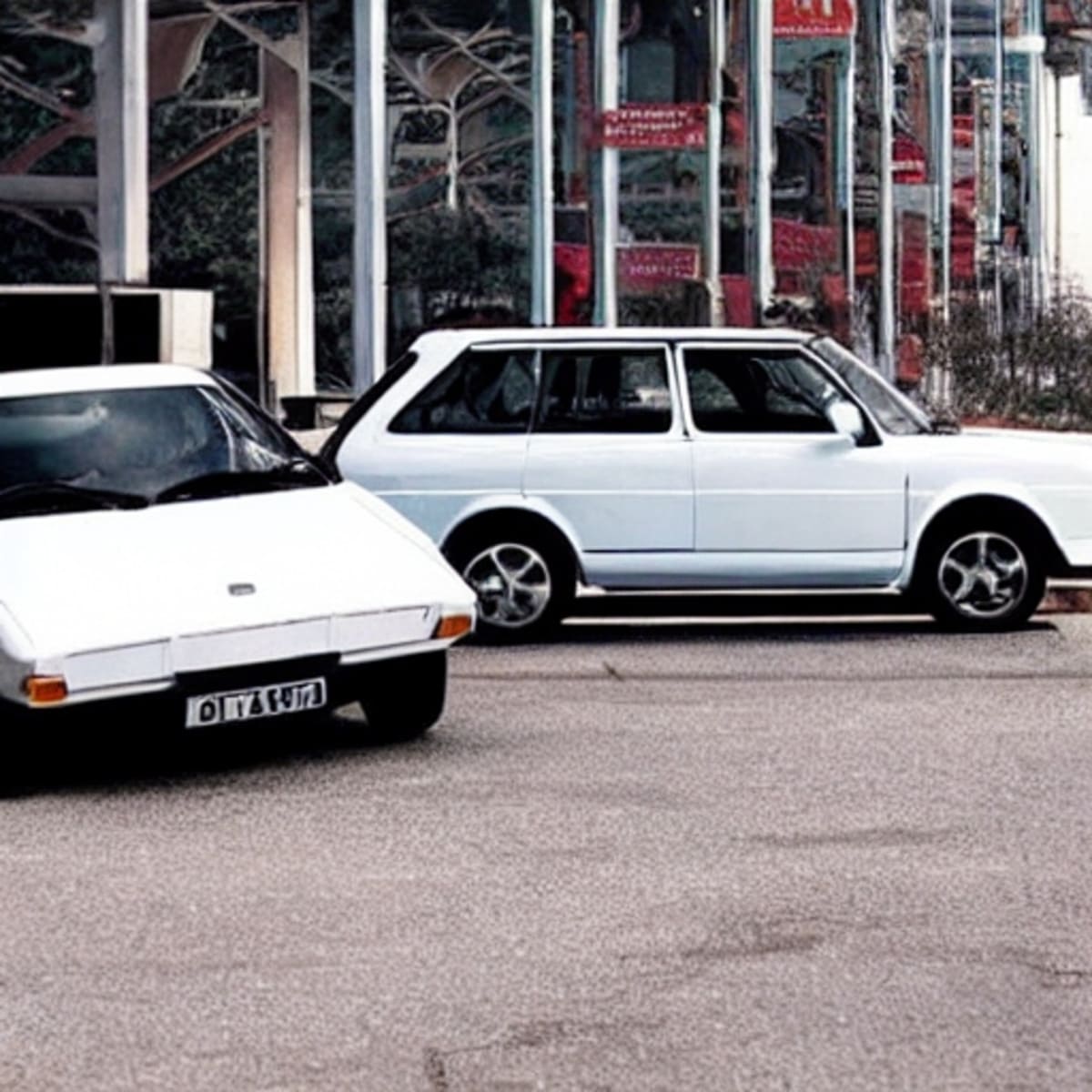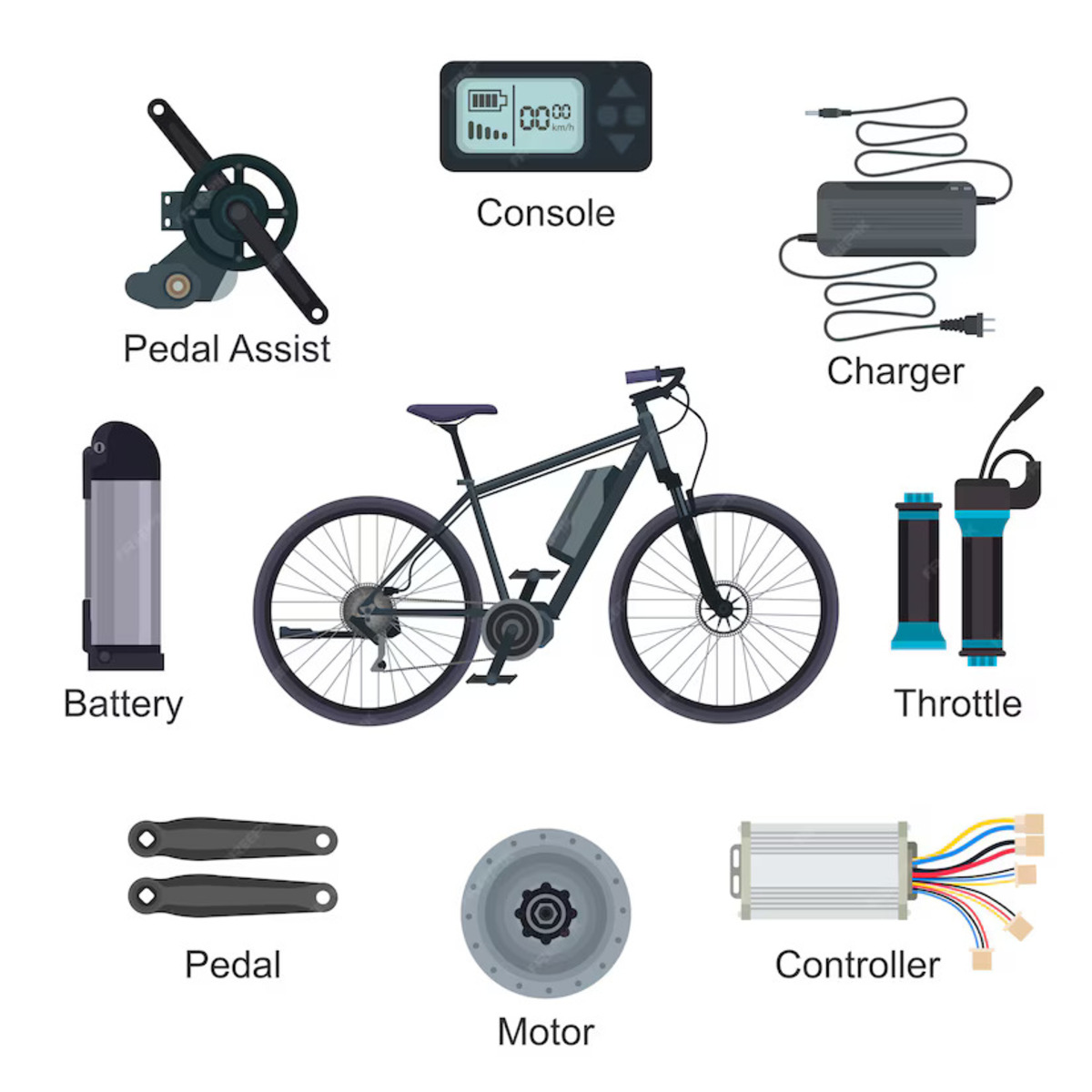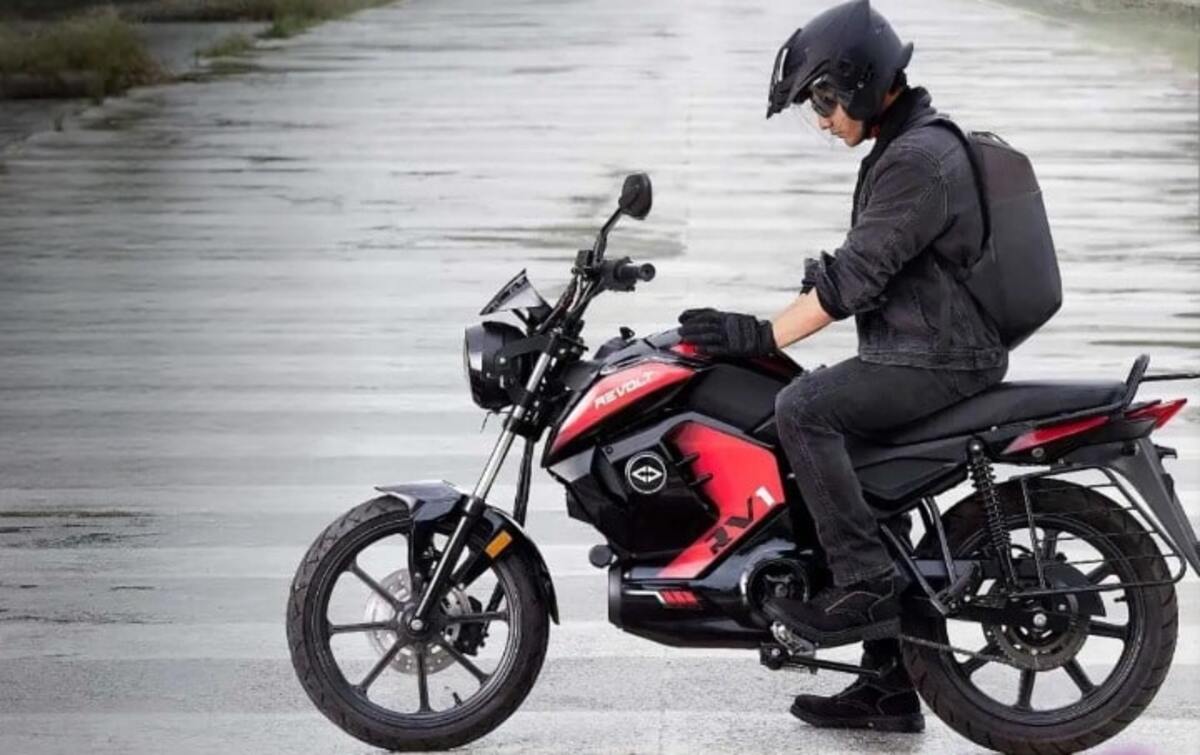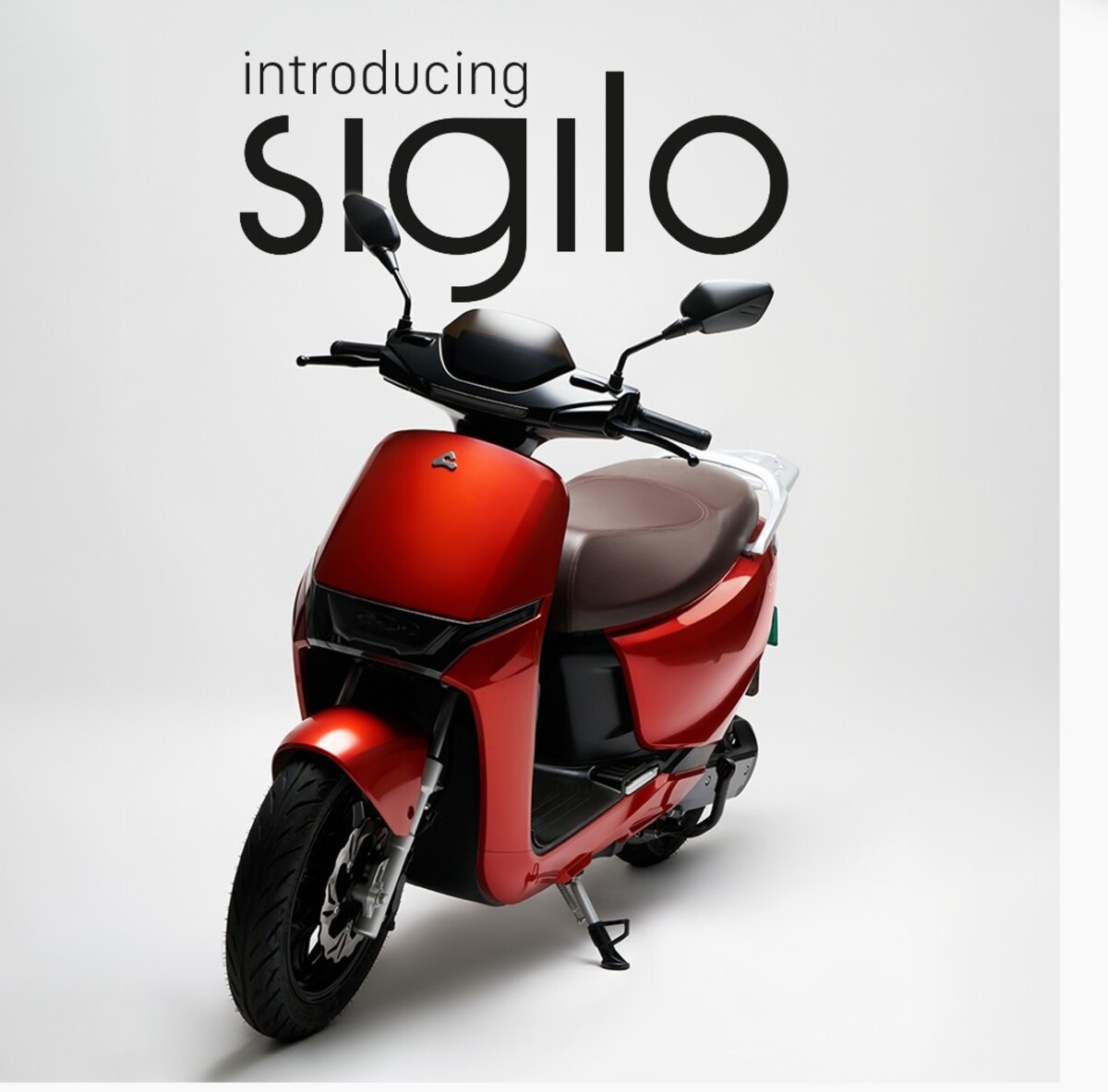In this blog: India history of electric vehicles, we will discuss the early-launched electric vehicles in India and a few reasons for their failure in the beginning.Everyone says that ‘the future of electric vehicles is bright, as they provide the right amount of functionality while being environmentally friendly. Electric vehicles are becoming the best choice for people because of the manufacturing of ground-breaking electric vehicles, but do you know that the invention of electric vehicles is not novel, and it emerged with viable electric passenger vehicles?
At present, Tata and Mahindra are leaders in manufacturing electric vehicles, and their Tata Nexon EV, Tata Punch EV, and Mahindra XUV 400 EV are the most popular electric cars available in the Indian market, but surprisingly, they are not the first electric car manufacturer companies in India.
India History of Electric Vehicles
Let us move on to the fascinating journey of the history of electric vehicles and learn in detail about the early manufacturing of electric vehicles.
India History of Electric Vehicles: The First Electric Two-Wheeler in India
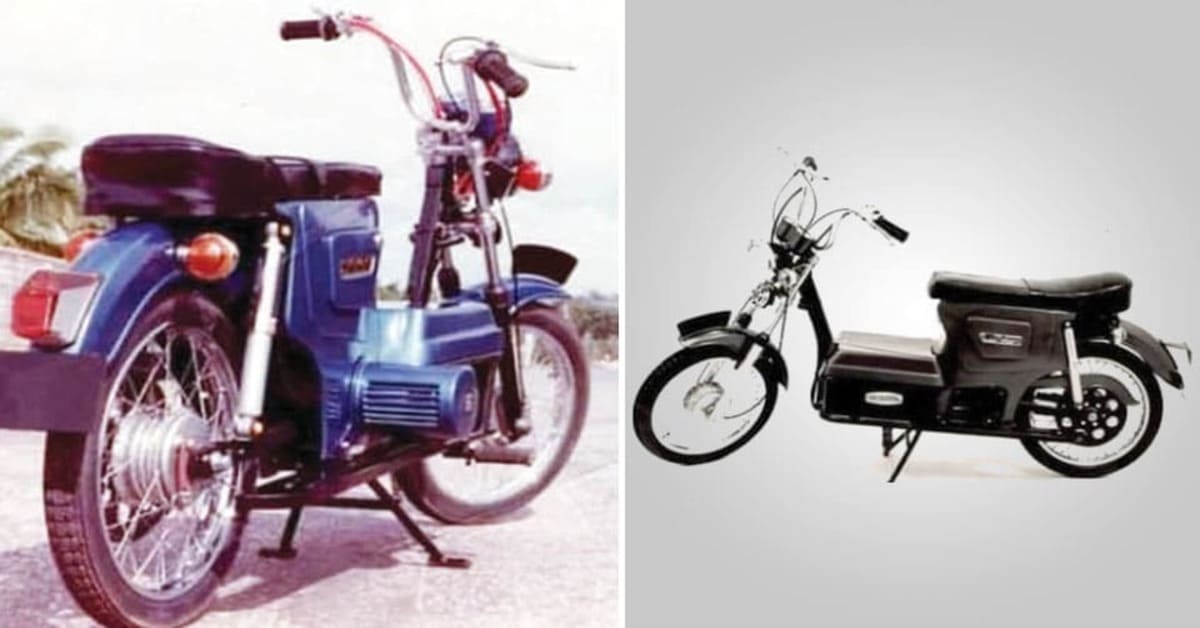
Electromobiles India Limited rolled out the first electric moped, the Komal, in 1980–81. Surya Kumar Kikkeri was the general manager, and Ananthapadmanabha was in charge of the electric section in Electromobiles company. It was a Mysore-based company. Komal had a 70 AH battery pack, and it could offer a top speed of 35–40 km. It could run up to 70 km on a single charge, and it was ARAI (Automotive Research Association of India) approved. India manufactured all the parts of the two-wheeler, except for the motor.
The electric two-wheeler had three relays, which Bosch, a well-known Indian manufacturer, produced. The company had 10,000 bookings in hand, but it could manufacture only 500 electric scooters as the problems of funding cropped up. Additionally, the company launched three-wheelers.
India History of Electric Vehicles: The First Electric Three-Wheeler in India

The first electric three-wheeler, Vikram Safa, was launched by Scooter’s India Pvt. Ltd. in 1996. The company manufactured and sold more than 400 models. Its top speed was 35–45 km, and it took 9–10 hours to fully charge the vehicle. It had a lead-acid battery that had a short life span and required high maintenance. It was available with a price tag of Rs. 2,27,999. It was a costly electric vehicle; it could not run for a long time, and eventually the company had to stop its production.
India History of Electric Vehicles: The First Electric Four-Wheeler in India
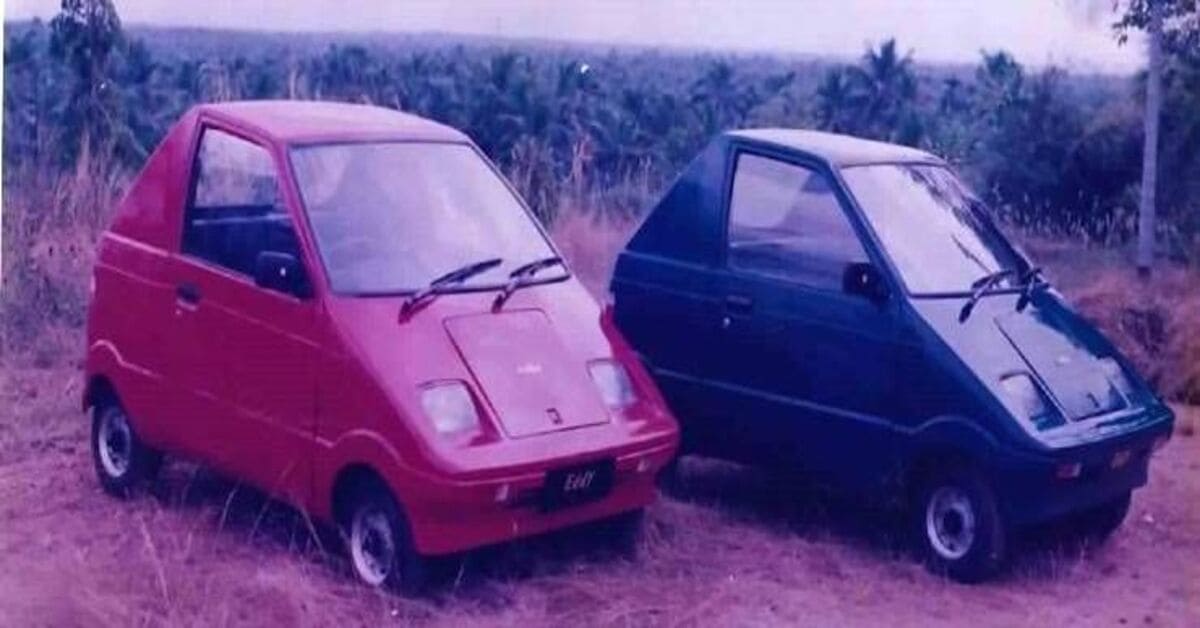
MD Jose founded Eddy Current Controls (India), which manufactured the Lovebird, the first electric four-wheeler in India, in 1993.
It was a two-seater, four-wheeler with a DC electric motor that runs on a lead-acid battery. The car had an electronic chopper, helping the vehicle achieve smooth drive control and pleasurable driving. It had a 4-speed transmission with reverse gear. Once the car is fully charged, it could run up to 60 kilometers. It took about 8 hours to charge the battery. One of the biggest disadvantages was that this electric car was not capable enough to climb steep slopes, as it provided a slope limit of only 15 degrees. It was convenient for shorter commutes.
If we compare the ‘Lovebird’ with current EVs, it does not have an advanced battery management system. The sales of this electric model were very low because of its high cost. At present, when we have numerous options available for electric vehicles, several people are not confident about their range and speed. The government has withdrawn the subsidy for the early electric four-wheeler, leading to an increase in its price, and people could not afford this expensive car. Additionally, the dominance of gasoline vehicles eventually led to the decline of electric vehicles.
India History of Electric Vehicles: The First Electric Van in India
Bharat Heavy Electronics Limited (BHEL) introduced the first electric van in India. It had a lead-acid battery. It had the capacity to seat 18 passengers. The Delhi Energy Development Agency (DEDA) used the van service, but in rough weather, speed regulators collapsed, reducing the battery’s life. The electric van had indigenous and imported parts. The company manufactured more than 200 electric buses and ran them in Delhi. Due to its high maintenance, short life span, and poor consistency, this electric bus project could not continue for a long time.
India History of Electric Vehicles: The First Successful Electric Car in India
Chetan Maini founded the Reva Electric Car Company (RECC) in 1994, and the company developed the first prototype of the Reva electric car in 1999. In 2001, the company introduced the Reva, the electric four-wheeler, in the Indian market, but the lack of subsidies for electric vehicles at that time became a huge setback for the Reva. The main aim of the company was to manufacture affordable electric cars.
It could run up to a top speed of 80 km per hour, and its price was 3.5 lakh. However, sales of the car were lower due to its expensive price.
But in 2008, the company launched its updated version, Reva-I, which performed better than the original version. More than 4000 original and updated versions of Reva cars were sold mostly overseas than in India. The Reva reported the best-selling electric cars. Later in 2009, the company launched the lithium-ion version of Reva.
The Reva Electric Car Company joined hands with other automotive companies to build components for the Reva electric car. In 2009, the company showcased the Reva NXR and Reva NXG models, and RECC made a technical collaboration with General Motors for developing low-end electric vehicles in India.
In 2010, India’s largest manufacturer of electric vehicles, Mahindra, acquired a 55.2% stake in the Reva Electric Car Company, and Mahindra changed the name to Mahinda Reva Electric Vehicles Private Limited. When the ownership of Reva changed to Mahindra, General Motors withdrew its collaboration with Reva, and in 2016, the company was renamed Mahindra Electric Mobility Limited.
Historic Obstacles to Adopting Electric Vehicles
Let us discuss the hurdles in adopting electric vehicles during historical times that EVs could not overcome.
- The history of electric vehicles showcased that no big company joined the venture in manufacturing electric vehicles, leading to a lack of interest among the people towards EVs as the availability of very few models in the market could not fulfil the consumers choice.
- The insufficient support of the government in the form of subsidies and incentives escalated the prices of EVs, and it could not create interest among people.
- Earlier electric vehicle manufacturing companies mostly used lead-acid batteries, which had few flaws. Heavy batteries enhance the overall weight of the vehicles, making them difficult to move. These batteries take more time to charge and are considered less efficient compared to lithium-ion batteries. The use of poor battery technology causes other problems like overcharging, low range, and low battery life. The dearth of charging infrastructure compounds range anxiety.
- The lack of impressive design in electric vehicles negates the desire of consumers to think about electric vehicles.
- To charge the electric vehicles, a continuous supply of electricity is required, and the power cut for a long period showcased the consumer’s disinterest.
- The well-established conventional eco-system made it difficult for EVs to compete.
Now, the sales of EVs in India are smashing the previous record after struggling periods, as the automobile industry is ready to take off the market. Because of proprietary standards for battery development and the viability of electric vehicle technology, automobile companies could not pool innovation, leading to the widespread adoption of electric vehicles.
A plethora of electric car models are available at present time, which paved the way for the adoption of electric vehicles, and small manufacturers were also trying to enter the market. The global electric vehicle market is experiencing rapid expansion in production, sales, and adoption. The transition to electric mobility is clearly underway. The cleanliness and smoke-free nature of electric vehicles are creating interest among consumers in EVs.
You may also like to read:
The Optimistic Future of Electric Vehicles: Driving Towards a Sustainable Tomorrow
Conclusion
In a nutshell, if we notice that in this blog of India history of electric vehicles, we can say that the early manufacturing of electric vehicles could not run for a long time as they faced many hurdles, such as the basic limitations in driving range and a lack of charging infrastructure, combined with strong increasing competition from gasoline vehicles, which led to the loss of prominence of early electric vehicles in the transportation market. But gradually, they are achieving milestones, such as the expansion of charging infrastructure and the use of improved technology, which reduces range anxiety and cuts down on the cost of electric vehicles. The lack of complex transmissions enabled new companies to enter EV production.
In the coming years, the electric industry is ready to flourish as technology and infrastructure improve. The unique characteristics of electric vehicles, like quiet operation and steering wheel controls, provide a novel experience for customers.
